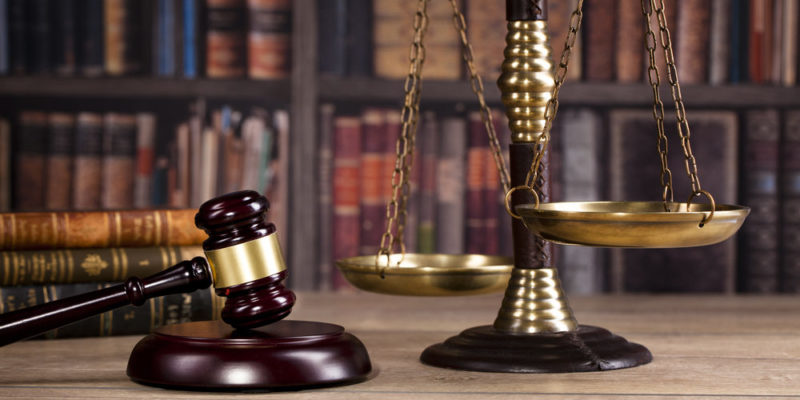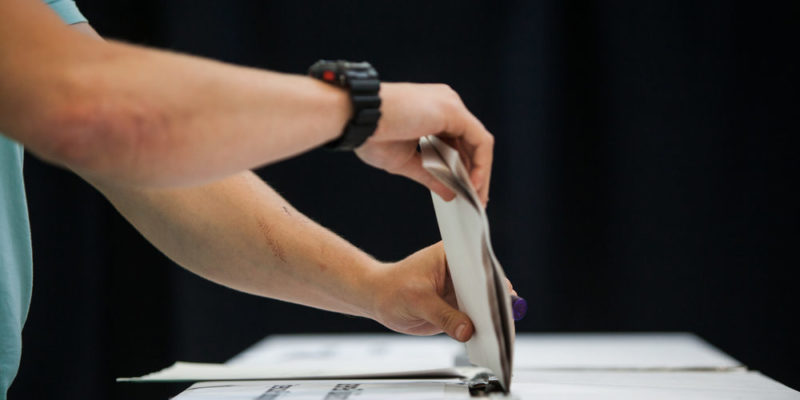We explain what the State is, its characteristics and how its division of powers is. Also, what are your obligations and more.
What is the State?
The State is a mode of organization that allows life in society and includes a population, in a given territory and with a government that administers it .
The State as an organism makes use of power at the service of its citizens with the aim of prioritizing the common good. The authority of the State is legitimate, as long as it understands and coordinates the sovereign will of its citizens , who must elect the government in a democratic manner.
There are government structures that do not respect the primacy of citizens and that become systems of dictatorships or totalitarianism , which make the State an illegitimate instrument of power, managed by a minority of society. To avoid this abuse, the division of powers is necessary.
State Characteristics

The State is characterized by having:
- A population that lives in society that it must represent.
- A determined territory with its political limits.
- A government that manages the actions of the State through officials.
- The Constitution or system of laws defined in a democratic manner.
- Control of tax collection.
- The exercise of sovereignty through the mandate of its citizens.
The division of powers
 The concept that the power of the State should be divided according to its type of function was raised by Montesquieu (1689 – 1755), a French philosopher and jurist who was part of the Enlightenment movement .
The concept that the power of the State should be divided according to its type of function was raised by Montesquieu (1689 – 1755), a French philosopher and jurist who was part of the Enlightenment movement .Montesquieu established the hypothesis that every man who has power tends to abuse it. For this reason, it is necessary to divide the control of power to guarantee the freedom of society, distributing the functions of the State among different organizations made up of different people.
Montesquieu proposed that: the body that creates the laws should not be in charge of applying them, the body that is in charge of executing them cannot create them or judge their application, and the body in charge of judging cannot create or execute the laws.
In this way, the concepts of legislation, administration (or execution) and justice arose , which determined the division of the public power of the State into its three main functions: the Legislative Power , the Executive Power and the Judicial Power .
State functions
The main functions of the State are:
- The legislative function. It is assigned to the Congress of the Republic and consists of the creation, modification or annulment of laws. Congress also has the function of controlling the Executive Power.
- The executive function. It is assigned to various agencies in charge of administering the State and executing the decisions of the legislative power. It responds to a president of the republic, head of state or prime minister, depending on the government regime of the country.
- The judicial function. It is assigned to the Supreme Court , which is empowered to administer justice and must issue rulings based on the legislation established in the territory.
State Objectives
 Among the main objectives of the State are:
Among the main objectives of the State are:
- Maintain order and compliance with the laws.
- Promote the well-being, prosperity and security of citizens.
- Manage government programs and public affairs according to the mandate of its citizens.
Obligations of the democratic state
 The State must fulfill certain obligations towards citizens. Among the main ones stand out:
The State must fulfill certain obligations towards citizens. Among the main ones stand out:
- Ensuring public safety.
- Guarantee the right to universal suffrage.
- Guarantee the functioning of justice based on the Constitution.
- Guarantee the free movement of its citizens within the territory.
- Guarantee the right to health, education and work .
State organization models
The model of division of powers varies according to each country. Some of the most common State organization models are:
- The unitary state. Power is concentrated or governed by a government that has legislative, administrative and judicial unity over the entire national territory.
- The federal state. Power is organized through the alliance of various States that, despite maintaining their autonomy, share a system of state power for certain functions, for example, international affairs.
- The Confederate State. It is the alliance of two or more independent States that come together with a predetermined purpose and, in turn, maintain their autonomy.
- The centralized state. Power is exercised from a single central order that concentrates all the functions and powers of the nation and in which local authorities usually perform administrative functions. Some examples of centralized states are Iran or the Vatican.
The above content published at Collaborative Research Group is for informational and educational purposes only and has been developed by referring to reliable sources and recommendations from technology experts. We do not have any contact with official entities nor do we intend to replace the information that they emit.
Passionate about understanding and contributing to a world that does not stop changing. New forms of Work, Sustainability and Technology. For many years he has worked as a creative for large international companies. He has a Ph.D. in information technology and he has been doing quantitative research in the interdisciplinary areas of information systems, cyber security, data analytics and artificial intelligence. He continue to look for creative solutions through technology to help companies to be more humane and sustainable..
Leave a reply
Your email address will not be published. Required fields are marked *Recent post

Sport: What Is It, Types, Risks, Features, Characteristics and Examples

Dogs: Emergence, Features, Characteristics, Feeding and Breeds

Story: Definition, Elements, Structure, Features and Characteristics

